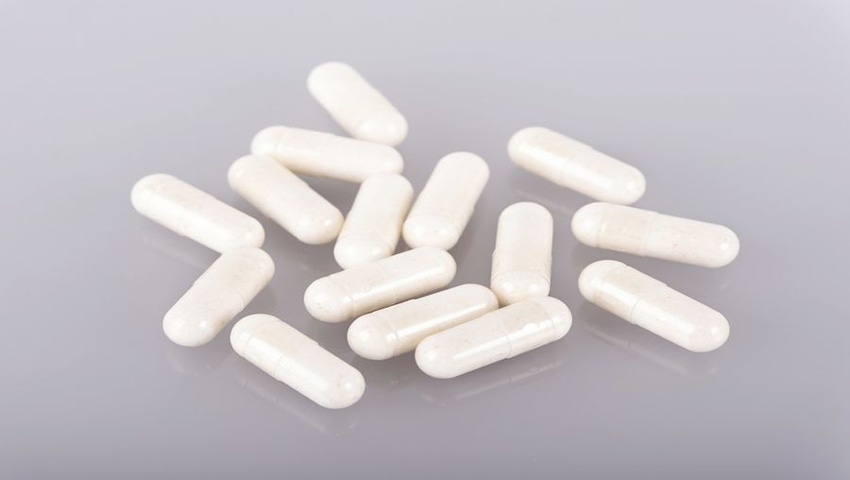Researchers are exploring ways probiotics can play a role in treating dysbiotic conditions like bacterial vaginosis.
October 29, 2018

The study of the microbiome is revolutionizing our understanding of the interplay between the host (ourselves), and our environment as mediated by the bacteria and other microbes that live on, in and around us. The amount of data collected in this sphere has vastly outstripped our ability to analyze it, and current analytical practices can result in both false discoveries and can fail to uncover functional insights.(1) Analysis and reanalysis of existing datasets using appropriate methods can reveal new insights into diseases and dysbioses.
The field is moving beyond descriptive analyses such as 16S rRNA gene sequencing to functional analyses such as metagenomics, metabolomics and metatranscriptomimcs: characterizing for a microbiome the full complement of genes, the full complement of small molecules or the full complement of actively produced genes. Analyzing these datasets is problematic because of their size, sparsity and complexity.(1,2) Shotgun metagenomic analysis aims to characterize the gene expression of each individual organism in a mixture, and of the entire functional complement of the entire ecosystem as a whole. These are among the most challenging datasets to analyze since both the bacterial absolute and relative abundances, and their gene expression profiles, can change in the ecosystem.(3)
Consider the case of bacterial vaginosis (BV), a dysbiotic condition of the human vagina where the vaginal epithelium is colonized by a mixed population of anaerobic bacteria rather than by near monocultures of various members of the Lactobacillus genus.(4) BV is characterized by an aminin odor and discharge, and is the most common reason that women of child-bearing age visit their family physician. BV is a candidate for probiotic treatment since treatment of the dysbiosis with probiotics and antibiotics is much more effective at restoring the Lactobacillus-dominate microbiome than is treatment with antibiotics alone.(5) Understanding the functional characteristics may allow the design and delivery of more targeted therapeutic options to afflicted women. Current understanding of BV is that it is a single, highly variable conditions.(6)
Shotgun metatranscriptomic analysis of clinical BV samples reveals there are at least two distinct types of BV dysbioses that are separable by expressed gene functions. These expressed gene functions correlate with dysbiosis symptoms. One class of BV tends to have less amine production and expresses many gene functions that are more closely aligned with a non-BV state, while the other tends to higher amine levels and has strong evidence of highly motile organisms in the microbial community. These results show that metatranscriptomic analysis of datasets has significant advantages over standard 16S rRNA gene sequencing when determining the molecular mode of disease and dysbiotic states.
Greg Gloor, Ph.D., is a professor in the Department of Biochemistry at the University of Western Ontario. He will be speaking at the session, “Finding what is real and reproducible in microbiome datasets,” sponsored by KGK Science, on Friday, Nov. 9, as part of the IPA Probiotics Resource Center at SupplySide West.
References
1. Gloor et al. “Microbiome Datasets Are Compositional: And This Is Not Optional.” Front Micro. 2017;8:2224.
2. Broadhurst et al. “Statistical strategies for avoiding false discoveries in metabolomics and related experiments.” Metabolomics. 2006; 2:171.
3. Macklaim, Gloor. “From RNA-seq to Biological Inference: Using Compositional Data Analysis in Meta-Transcriptomics.” Meth Mol Bio. 2018;1849:193.
4. Ravel et al. “Vaginal microbiome of reproductive-age women.” Proc Natl Acad Sci USA. 2011;108:4680.
5. Macklaim et al. “Changes in vaginal microbiota following antimicrobial and probiotic therapy.” Microb Ecol Health Dis. 2015;26:27799.
6. Ravel et al. Op cit.
About the Author(s)
You May Also Like




.png?width=800&auto=webp&quality=80&disable=upscale)